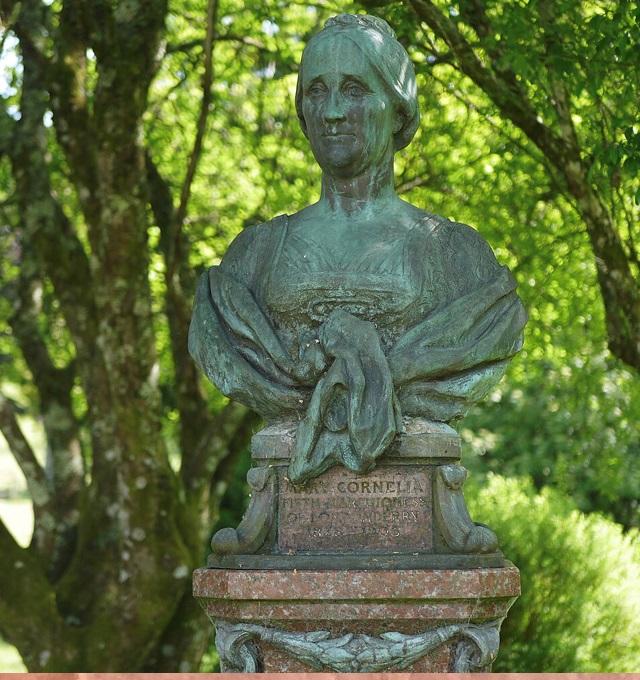
In 2021/22, the Centre for the Study of Historic Irish Houses and Estates (CSHIHE, Maynooth) and Institute for the Study of Welsh Estates (ISWE, Bangor) ran a joint scoping exercise to identify historical connections between Irish and Welsh estates. The research was carried out by Dr. Adam N. Coward who was employed through Bangor University to produce a detailed report, which provides an important foundation for further research.
Partially in response to this report, Frances Bailey (Senior National Curator, The National Trust) proposed the creation of a sourcebook or unified index of archives relating to the Vane-Tempest-Stewart family and their estates. Partners from CSHIHE, ISWE, Newcastle University and the National Trust combined to make this proposal a reality, employing Dr. Coward in 2023 to research the character and composition of the various Londonderry archives and produce a substantial report outlining his findings.
The Vane-Tempest-Stewart family, Marquesses of Londonderry, has played an influential, if occasionally controversial, role within Irish, British, and wider European history across several generations. Their wealth grew throughout the nineteenth-century, especially through their industrial ventures (in particular their coal mines in Co. Durham) as did their political influence, both through intermarriage with prominent landed and titled families, as well as through the notable political and social networking of several of the Marchionesses. And it was not only their social and political influence which was farreaching – they also held vast estates, spread across the North Atlantic Archipelago, particularly in Co. Down in Ireland (Mount Stewart), Co. Durham in the north of England (Wynyard Hall and Seaham), and Montgomeryshire in mid-Wales (Plas Machynlleth), as well as homes and hunting lodges, either leased or owned, across England (including London), Ireland, and Scotland. As a result of their political and economic activities, familial connections, and the extent of their landholdings, the family produced an extensive archive spread across multiple record holding institutions in Northern Ireland, England, and Wales, with smaller collections in the Republic of Ireland and Scotland. The aim of the ‘Connecting the Collections’ project was to locate and identify these archive collections and their contents, and connect them together in order to understand how they, and the people, activities, and estates they record, all fit together.
The collection overall provides an outstanding case study for assessing the opportunities and challenges associated with researching and interpreting the history and heritage of a major British aristocratic family with international landholdings and influence, and family and estate archives spread across multiple locations and institutions. The research involved significant engagement with the National Trust team at Mount Stewart, with a view to incorporating insights from the multinational archives more clearly into the heritage interpretation and visitor experience of the property.
The project partners are actively exploring collaborative research opportunities emanating from the scoping study, centred on the implications of multinational estate ownership across the British and Irish isles.
